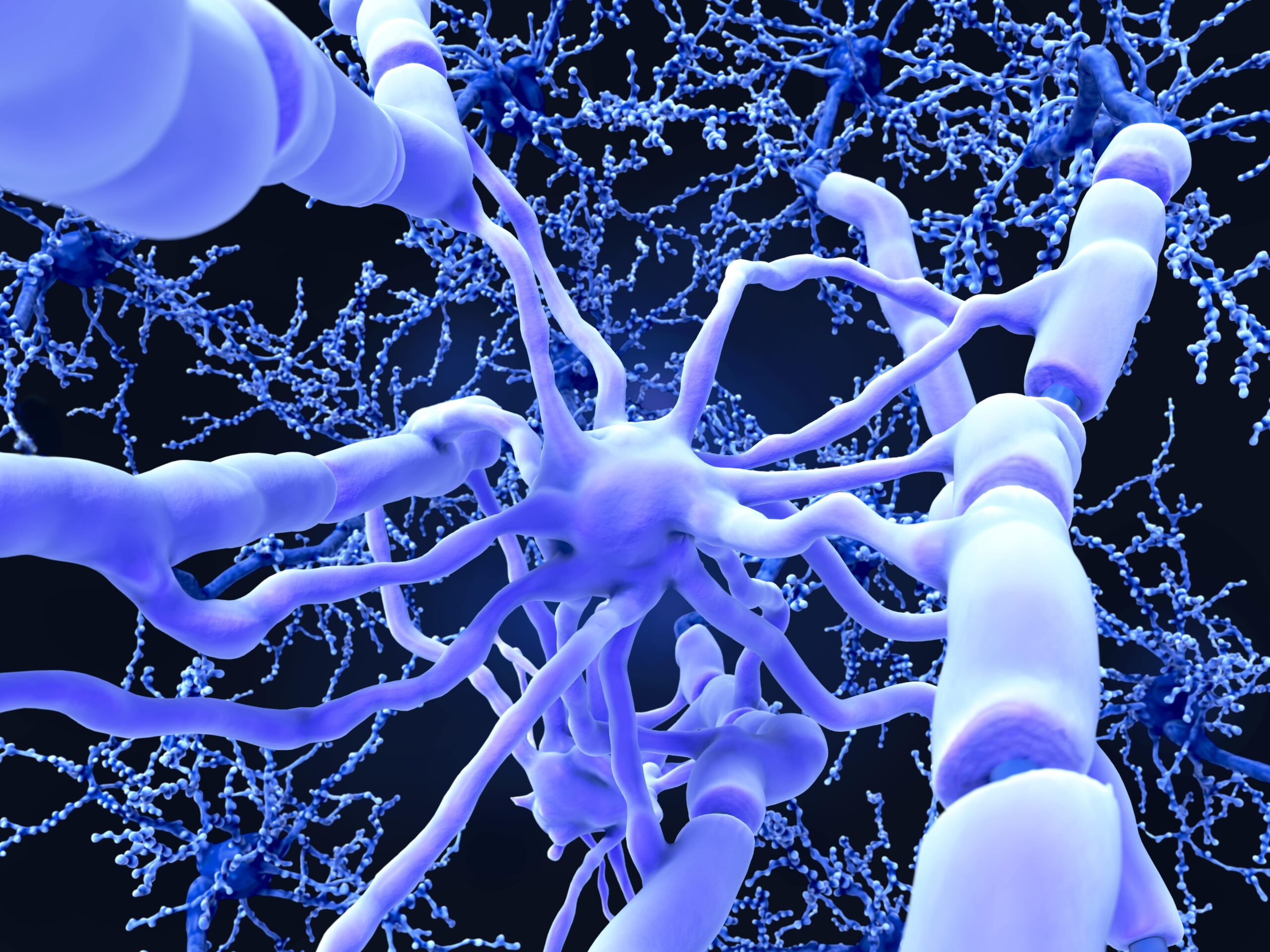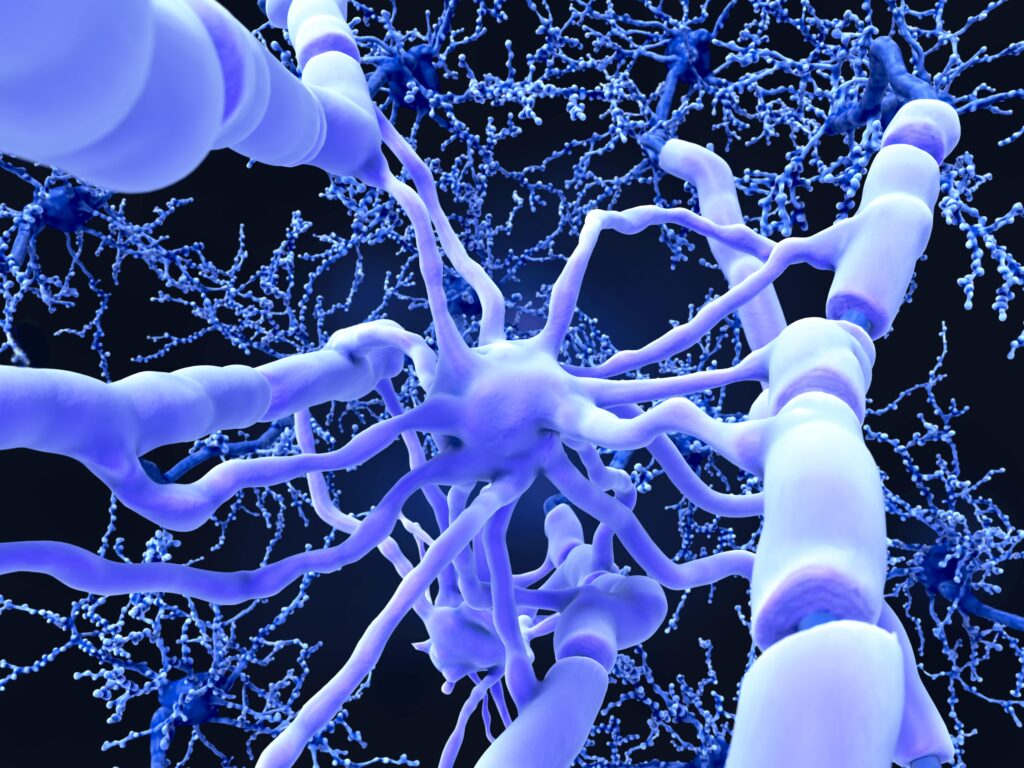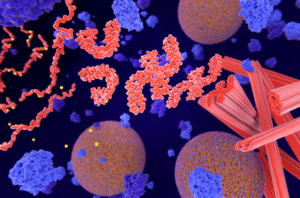As of 2020, over 2.8 million people worldwide live with multiple sclerosis (MS), a debilitating chronic autoimmune disorder of the brain and spinal cord. When a person has MS, the body attacks itself — more specifically, it attacks myelin, the fatty substance that protects the nerve fibers in the brain and spinal cord. While multiple sclerosis has no cure, there are treatments available. But to date, these treatments have only been able to reduce inflammation, treat symptoms, and slow the spread of myelin damage. In other words, there have not been any therapeutic options capable of repairing or reversing the myelin damage that occurs due to MS. But a new study from UCLA offers groundbreaking evidence that estriol treatment may indeed be able to do just that, signifying a major breakthrough in the quest for treatment options for multiple sclerosis.
Reversing Myelin Damage in Multiple Sclerosis
Myelin functions as “insulation coating on electrical wires,” helping to protect and facilitate efficient conduction of signals along nerve fibers, allowing the brain to send signals to the rest of the body. But when a person has MS, the body’s immune system attacks the myelin, damaging this protective coating and leaving nerve fibers exposed, which can slow or block messages that travel along this nerve fiber. While symptoms of MS can range in presentation and severity across different patients, it is the loss of and damage to myelin that can trigger a range of symptoms, which may include muscle weakness or pain, loss of coordination or balance, cognitive decline, visual impairments, fatigue, sensory loss, and more.
Current treatment options have focused on slowing the progression of the disease and managing symptoms, but none have been able to reverse or repair myelin damage or gray matter atrophy that is also observed in MS. Researchers know that there is an association with gray matter atrophy and clinical disability progression in MS, and there has long been a need for direct neuroprotective treatments that could prevent this atrophy. Many researchers in the field have focused on addressing this “major unmet need . . . to develop treatments to induce remyelination and neuroprotection within the central nervous system.”
A new study out of UCLA appears to be the first step towards that goal.
Estriol Treatment Breakthrough
UCLA-led research had previously demonstrated that estriol, a pregnancy hormone in the estrogen family, could reduce brain atrophy and improve cognitive function in patients with MS. The new study, published in Laboratory Investigation, builds upon that work, this time demonstrating that estriol doesn’t just slow myelin damage — it induced remyelination.
Remyelination refers to the spontaneous repair and regeneration of myelin sheaths in the central nervous system. When remyelination occurs, it can restore previously lost or damaged neurological function.
For their study, the UCLA research team treated a chronic EAE mouse model of MS with estriol and found that treatment provided after disease onset prevented and decreased atrophy of the cerebral cortex.
The team observed that estriol treatment prevented cortical atrophy; preserved neurons, dendrites, and synapses; promoted cholesterol synthesis in oligodendrocytes; reduced microglial activation; provided synaptic protection; and induced remyelination, restoring myelin in the cerebral cortex.
The UCLA team’s discovery showcases the potential for estriol as a potentially groundbreaking treatment for MS, one capable of repairing the damage that MS causes, rather than simply slowing the disease’s progression. More research to understand estriol’s mechanism of action is needed, and the team concludes that their findings should spur further research and clinical trials to gather additional data on the effectiveness of using estriol as a neuroprotective treatment for MS in human patients.
Scantox is a part of Scantox, a GLP/GCP-compliant contract research organization (CRO) delivering the highest grade of Discovery, Regulatory Toxicology and CMC/Analytical services since 1977. Scantox focuses on preclinical studies related to central nervous system (CNS) diseases, rare diseases, and mental disorders. With highly predictive disease models available on site and unparalleled preclinical experience, Scantox can handle most CNS drug development needs for biopharmaceutical companies of all sizes. For more information about Scantox, visit www.scantox.com.










